La Hougue Bie
La Hogue Bie is a major Neolitic ritual site dating back to 3500BC and one of the best preserved cruciform passage graves in Europe. Its passage is twenty meters long and is covered by a 12.2 meter high earth mound. The mound istelf is 58 meters in diameter and covers an area of 2400 square meters.

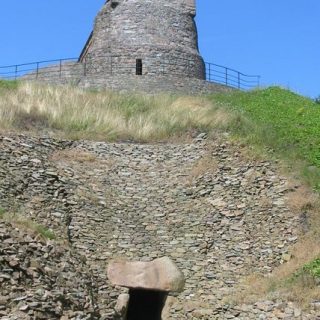
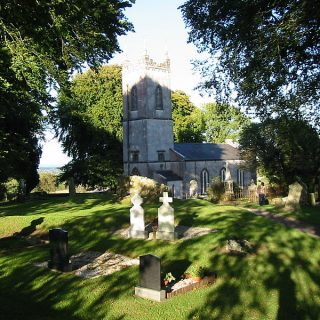
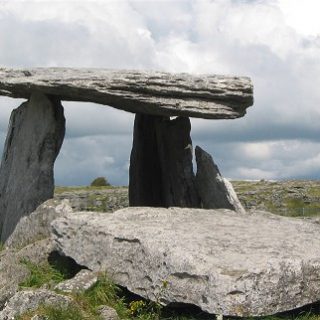
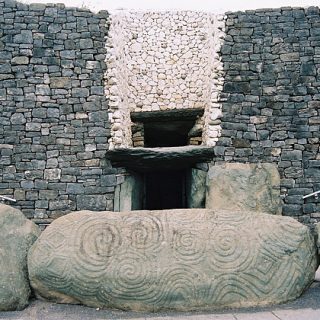

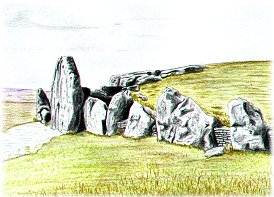
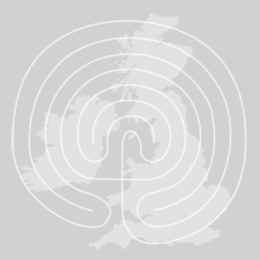
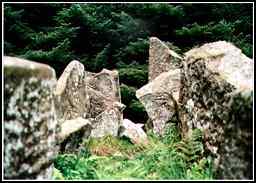
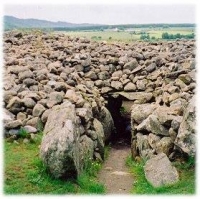
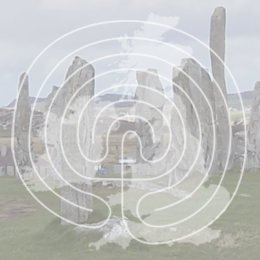
Recent Comments